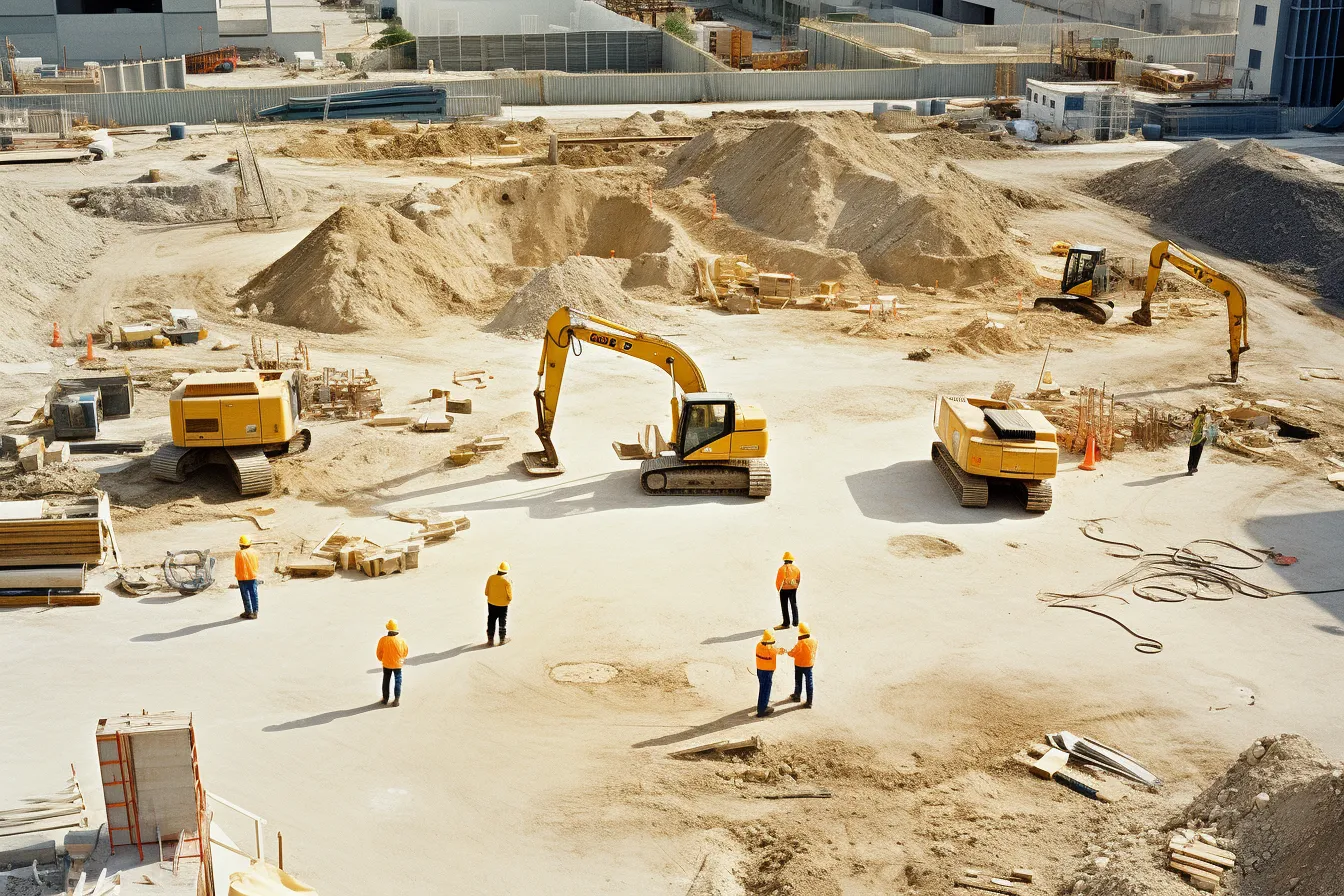Concrete is a ubiquitous material in modern urban landscapes. From skyscrapers to sidewalks, this durable and versatile substance is used in a wide array of construction projects. However, in recent years, concerns have been raised about the impact of concrete on urban heat. As temperatures continue to rise due to climate change, it is becoming increasingly important to understand the thermal properties of concrete and its potential role in mitigating or exacerbating the urban heat island effect. In this article, we will delve into the science behind concrete’s thermal properties and explore whether it could be the solution to urban heat. So, grab a cup of coffee (or your preferred beverage) and let’s dive in!
The Urban Heat Island Effect
Before we can evaluate concrete’s potential as a solution to urban heat, it is crucial to understand the urban heat island effect. In simple terms, the urban heat island effect refers to the phenomenon where urban areas experience higher temperatures than their surrounding rural areas. This temperature disparity is primarily due to the large amount of concrete, asphalt, and other heat-retaining materials found in cities.
The dark surfaces of roads, buildings, and other structures absorb and store heat from the sun, resulting in elevated temperatures. Additionally, the lack of vegetation and tree cover in urban areas further exacerbates the urban heat island effect by limiting the cooling effects of shade and evapotranspiration.
The Thermal Properties of Concrete
Concrete’s thermal properties play a significant role in determining its impact on urban heat. One of the key factors to consider is concrete’s high heat capacity, which refers to its ability to absorb and store heat. This heat absorption property makes concrete an efficient thermal mass material.
In other words, concrete can soak up heat during the day and release it slowly at night, helping to regulate temperature fluctuations. This characteristic can potentially reduce the intensity of the urban heat island effect by mitigating extreme temperature spikes during heatwaves.
Reflectivity and Albedo
When discussing concrete’s impact on urban heat, reflectivity and albedo also come into play. Reflectivity refers to a material’s ability to reflect sunlight, while albedo is a measure of its overall reflectivity across all wavelengths of light. Concrete, especially when light-colored, tends to have a high albedo, meaning it reflects a significant amount of sunlight rather than absorbing it.
Higher reflectivity helps reduce the amount of heat absorbed by concrete surfaces and consequently lowers ambient temperatures in urban areas. This cooling effect can be particularly beneficial in reducing energy consumption for air conditioning and enhancing the overall comfort of urban residents.
Limitations and Considerations
While concrete’s thermal properties offer potential benefits for combating urban heat, it is essential to acknowledge some limitations and consider additional factors. Firstly, concrete’s effectiveness in reducing temperatures largely depends on the scale and context of its deployment.
For instance, the impact of concrete in a small residential area may be limited compared to a large urban center with extensive concrete surfaces. Other factors such as building design, street orientation, and the presence of green spaces also influence the overall urban heat island effect.
Additionally, concrete’s environmental impact, including its carbon emissions during production, should be taken into account. Finding a balance between using concrete for heat mitigation and minimizing its ecological footprint is crucial for sustainable urban development.
The Future of Urban Heat Mitigation
As we continue to grapple with the challenges of rising temperatures and urbanization, finding effective ways to mitigate urban heat is of utmost importance. While concrete’s thermal properties show promise, they are just one piece of the puzzle.
A holistic approach that incorporates a variety of solutions such as green roofs, urban forests, cool pavements, and innovative building materials will likely yield the best results. By combining these strategies, we can create more comfortable and sustainable urban environments for present and future generations.
In conclusion—oops, scratch that. Let’s wrap up by emphasizing that concrete’s thermal properties can indeed contribute to urban heat mitigation. However, it is imperative to consider the context, limitations, and environmental factors associated with its use. By embracing a multifaceted approach to urban heat mitigation, we can aim for a cooler, greener, and more resilient future.
